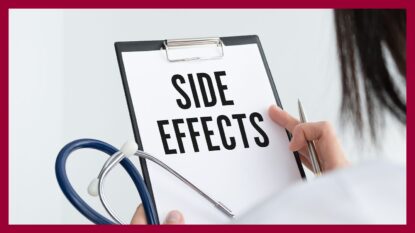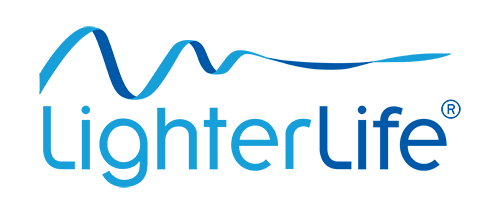
Navigating Common Side Effects of a VLCD: Tips and Strategies
A Very Low-Calorie Diet (VLCD) is an effective way for everyone to lose weight and improve their health. Whilst VLCDs are carefully designed to meet your nutritional needs and help you lose weight safely and comfortably, you may experience some side effects. These are temporary – in fact, most clear up after your first week. The below describes some of these and provides practical strategies for handling them effectively.
What is a VLCD Diet Plan?
A VLCD is a scientifically formulated eating plan which provides less than 800 calories per day by way of nutritionally complete meal replacement foodpacks, including shakes, soups, and bars. These products are carefully formulated designed in line with current legislation to ensure delivery of the right amount of essential nutrients while minimising calorie intake. This will help you lose weight in a scientifically proven safe and healthy way, ensuring effective weight loss without compromising health.
Managing Common Side Effects
Headaches, nausea, hunger: Stay well hydrated and consider taking Paracetamol until these symptoms pass.
Diarrhoea: Having more fibre may help – try our Fibre Mix (use one teaspoon per Foodpack, maximum three teaspoons a day).
Dizziness If you’re being treated for high blood pressure, it’s more likely, so discuss your medication with your GP. Staying well hydrated can help.
Other side effects might include:
Constipation: Make sure you’re drinking enough, increase your fibre intake (try our Fibre Mix) or use an over-the-counter medication. If it persists, see your GP.
Cramps: Staying well hydrated and increasing salt intake can help.
Dry mouth, bad breath Try brushing your tongue with your toothbrush and using a sugar-free breath freshener spray or mouthwash.
Feeling cold You might notice this particularly in your hands and feet. It usually improves over time.
Gallstones The risk of gallstones increases with obesity, and weight loss can bring on an attack. A VLCD providing at least 7g of fat a day carries no greater risk of gallstones than any other weight-loss method, and on our VLCD you get around twice this amount each day.
Hair shedding This can occur very occasionally on any long-term diet. It’s a very temporary state and actually indicates the growth of new hair – the new is basically pushing out the old.
Changes in menstrual cycle and fertility Some women find the duration, frequency and heaviness of their periods so use contraception if you don’t want to get pregnant. If you use a cap, it will need refitting regularly while you’re losing weight.
Mood Swings and Irritability
- – Practise mindfulness and relaxation techniques to help manage stress effectively.
- – Ensure you are getting sufficient sleep and staying connected with your support network.
Mindfulness and Side Effect Management
Incorporating mindfulness techniques into your VLCD journey can improve your ability to manage side effects while staying on track. Mindfulness has been shown to enhance weight loss outcomes by fostering greater awareness of hunger cues and emotional triggers. The research, as in the National Library of Medicine, underscores the importance of this approach.
Staying on Track with a VLCD
– **Monitor Progress**: Keep a record of your energy levels, side effects, and progress to make informed adjustments.
– **Stay Positive**: A positive mindset is key to overcoming challenges and achieving your weight loss goals.
– **Follow the Plan**: Adhere strictly to the VLCD guidelines and focus on the structured, formula-based approach for best results.
Understanding and managing these common side effects ensures a smoother VLCD experience. By relying on our scientifically formulated products, using the above tips where needed, and incorporating mindfulness techniques, you can achieve effective and sustainable weight loss while maintaining your overall well-being.

